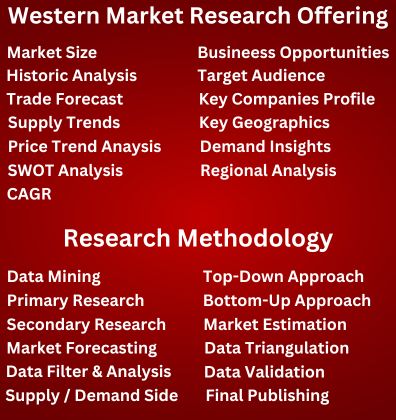The Chemicals and Materials industry encompasses the production and supply of chemical substances and materials used in a wide range of applications. Here’s a concise overview:
Core Areas:
Chemicals: Includes basic chemicals (like acids and solvents), specialty chemicals (for specific applications such as adhesives or coatings), and agrochemicals (like fertilizers and pesticides).
Materials: Encompasses a variety of substances, including polymers, metals, ceramics, and composites used in manufacturing and construction.
Key Segments:
Basic Chemicals: Produced in large volumes and used as building blocks for other chemicals or industrial processes.
Specialty Chemicals: Designed for specific applications, often with unique properties tailored to particular industries (e.g., pharmaceuticals, automotive, electronics).
Performance Materials: High-tech materials such as advanced polymers, nanomaterials, and biomaterials that provide enhanced performance in applications like aerospace and healthcare.
Applications:
Industrial: Used in manufacturing processes, including catalysts, coatings, and additives.
Consumer Products: Found in everyday items like cleaning agents, personal care products, and packaging materials.
Construction: Includes materials for building and infrastructure projects, such as concrete additives and insulation materials.
Pharmaceuticals and Healthcare: Chemicals and materials used in drug production, medical devices, and diagnostics.
Innovation and Trends:
Sustainability: Increasing focus on green chemistry and sustainable practices to reduce environmental impact and improve recycling.
Advanced Materials: Development of new materials with enhanced properties, such as lightweight composites or smart materials.
Digitalization: Adoption of digital technologies for process optimization and innovation in chemical production.
Economic and Environmental Impact:
The industry plays a crucial role in the global economy, supporting numerous other sectors through its diverse applications.
It faces environmental challenges, including the need to manage chemical waste and reduce emissions, which drives ongoing research and regulation in the field.
Overall, the Chemicals and Materials industry is integral to modern life, providing essential inputs for a wide range of industries and innovations.


